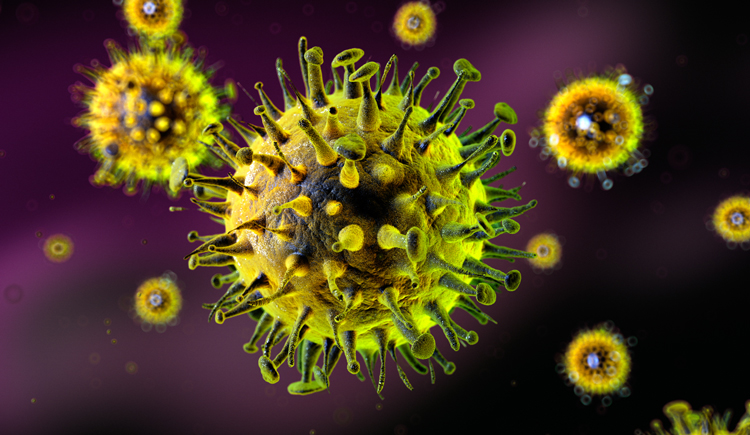
COVID-19 is not the only virus that has had a huge impact on the world in recent years. Avian flu (H5N1) has touched more than just domesticated species, destroying the poultry sector and causing a 70% increase in egg prices in the last year. According to a new study, the virus that has killed hundreds of thousands of wild birds is one of the most catastrophic illness outbreaks in history. According to Vox, the disease has spread over five continents and hundreds of species, including endangered species such as the California condor, making it a “panzootic”—a pandemic among animals.
The biology of the virus has caused it to attack wild species and even mammals
Avian flu typically causes death only among domesticated birds, like ducks and chickens, killing up to 90% of the flock within an outbreak. But this time, it’s different. “What we’re seeing right now is uncharted territory,” Andrew Ramey, a wildlife geneticist at the U.S. Geological Survey (USGS), told Vox. The biology of the virus has caused it to attack wild species and even mammals. “It’s causing a high amount of mortality in a huge breadth of wild birds, which is not something that has been seen before,” commented Wendy Puryear, a molecular virologist at Tufts University. This is because the current avian flu virus has adapted to spread disease outside poultry farms and infect even more species in its wake.
The current avian flu outbreak, which began in North America in the winter of 2021, has killed or caused farmers to cull up to 500,000 birds worldwide. Because governments lack the capacity to examine every dead bird, it is more difficult to track the number of wild birds afflicted by the outbreak. “We’ve never seen these kinds of numbers with an influenza outbreak in wild birds before,” Puryear told Vox. Biologists investigating endangered and small bird species, such as Michigan’s imperiled Caspian terns and the California condor, are particularly concerned about avian flu. Globally, about half of all bird species are falling as a result of habitat loss or change, predation, and invasive species. The avian flu is yet another impediment to recovery.
The H5N1 virus is unlikely to produce a pandemic in its current form
Scientists are particularly concerned about the virus’s possible influence on humans, given the virus’s immense evolutionary potential. Although the H5N1 virus is unlikely to produce a pandemic in its current form, it can change and may infect humans in the future, according to Vox. More effort is being made to trace the spread of avian flu globally and to sample areas where the virus may be present. In turn, the surveillance should provide poultry producers with more notice when the flu is likely in the area, allowing them to take adequate biosecurity precautions.
Birdwatchers and naturalists can also help track the virus’s progress. Citizen science systems such as iNaturalist provide a capability for tracking dead birds, which is subsequently shared with the proper groups. The most pressing question is how the poultry business will respond to the virus and other recurring biosecurity risks in the coming years. Compact rearing facilities only help to wildly propagate infections — and it’s likely the direct result of growing demand for meat and eggs, as well as unsustainable chicken production, as an expert cited in the Vox story noted. “It’s useful to remember that wild birds are the victims here,” Nichola Hill, an infectious disease ecologist at the University of Massachusetts Boston, said, as reported by Vox. “They spread HPAI but are not the original source. My motto has become: Bird flu sucks, blame chicken nuggets.
